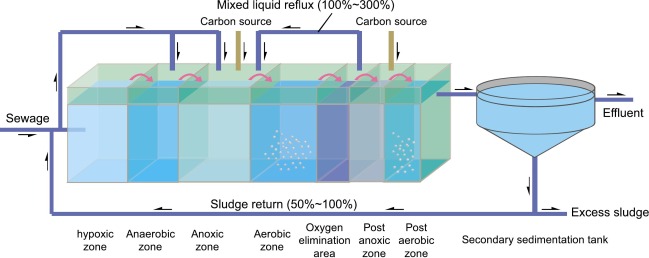
Hydroxylamine, an inorganic compound that is reactive and potentially carcinogenic, has recently been recognized as an essential intermediate in the catalytic reduction of nitrogenous contaminants, including nitrate and nitrite, within aquatic systems. This revelation raises notable concerns for scientists engaged in the development of water purification catalysts, as it implies that certain treatment methods might unintentionally contaminate drinking water supplies with hydroxylamine.
The occurrence of nitrate and nitrite in aquatic systems predominantly stems from the prevalent use of inorganic fertilizers. These nitrogen-based compounds present significant health hazards, such as methaemoglobinaemia in children, a condition that impairs the blood’s ability to effectively carry oxygen. To alleviate these hazards, the European Union has implemented strict concentration limits of 50 mg/L for nitrate and 0.5 mg/L for nitrite in drinking water, as specified in the EU directive regarding water quality for human consumption.
Despite comprehensive research aimed at creating metal catalysts for the extraction of these pollutants from water, earlier studies did not adequately consider the formation of hydroxylamine as an intermediate, attributed to incomplete mass balance evaluations. As stated by Janek Betting from the University of Twente, a critical factor is the occurrence of both gas-phase and liquid-phase products during the reduction reaction, with even minimal nitrogen leaks significantly affecting mass balance. Generally, these reactions are performed at low concentrations of nitrate and nitrite, typically under 1 mmol/L.
In a research project led by Betting, along with his colleagues Jimmy Faria Albanese and Leon Lefferts at the University of Twente, the team investigated the buildup of hydroxylamine while reducing nitrates and nitrites over metal catalysts. They used benzaldehyde to capture the produced hydroxylamine, measuring the resulting oxime via liquid chromatography. Their results indicated that hydroxylamine accumulation could represent as much as 56% of the reaction mixture prior to its further transformation into nitrogen and ammonia, contingent upon the type of metal catalyst utilized.
This notable conversion rate to hydroxylamine has piqued the interest of specialists like Charles Werth from the University of Texas at Austin, who underscores the importance of further exploring which catalyst formulations may facilitate quicker hydroxylamine kinetics. Werth also points out that the quality conditions of water could impact the duration of hydroxylamine as an intermediate, and other components in water may influence its generation.
Looking ahead, catalysis researchers and chemical engineers confront new obstacles. There is a pressing necessity to explore catalyst formulations and design reactors that explicitly account for the presence of hydroxylamine. Such designs aim to avert the release of hydroxylamine into treated water, safeguarding the safe consumption of drinking water while efficiently eliminating harmful nitrogenous pollutants.